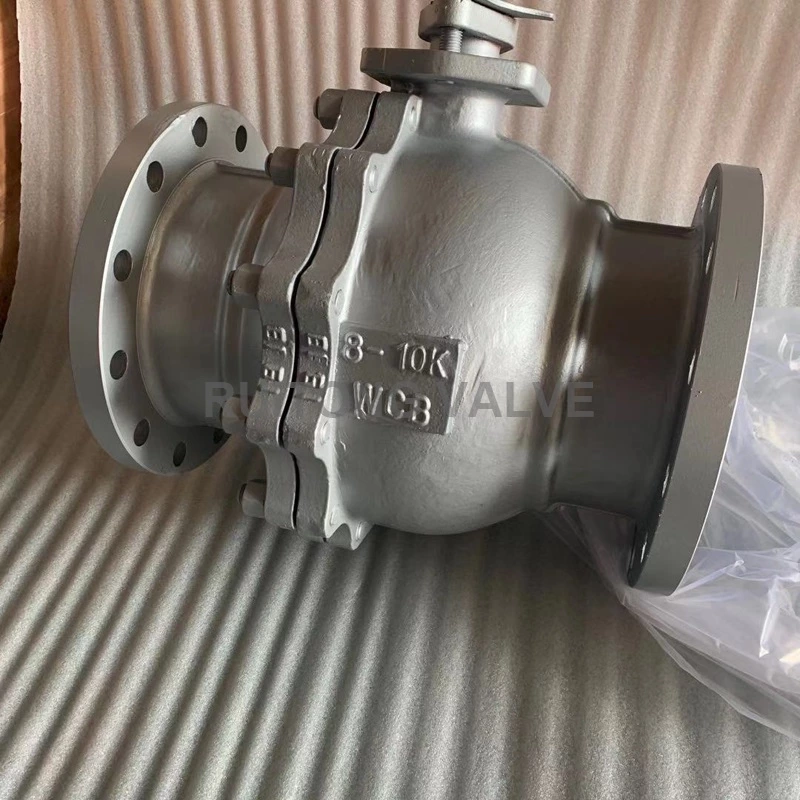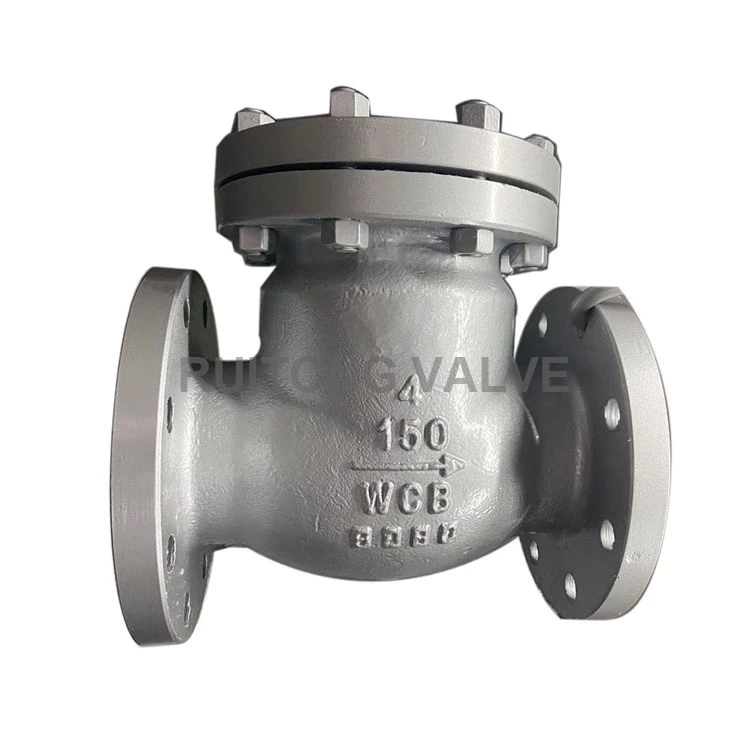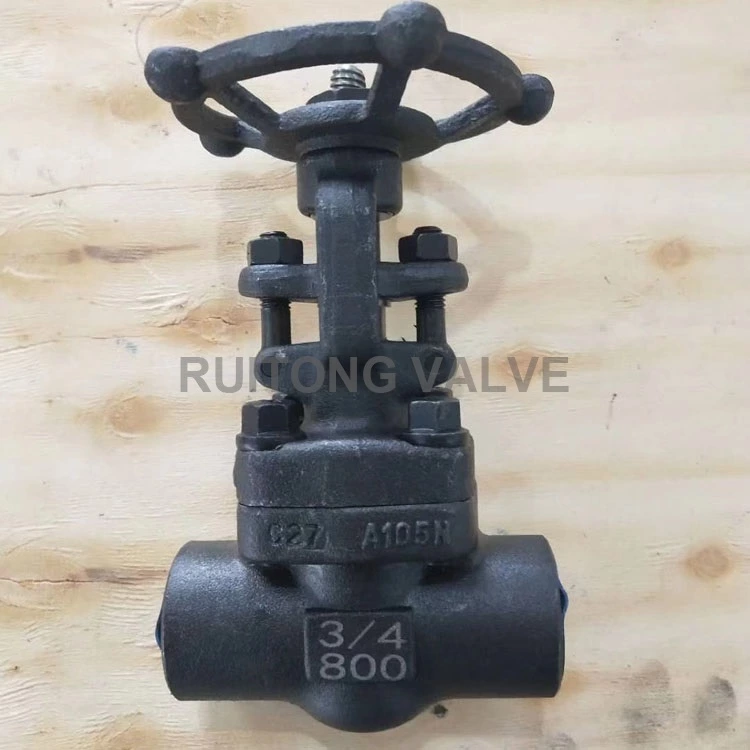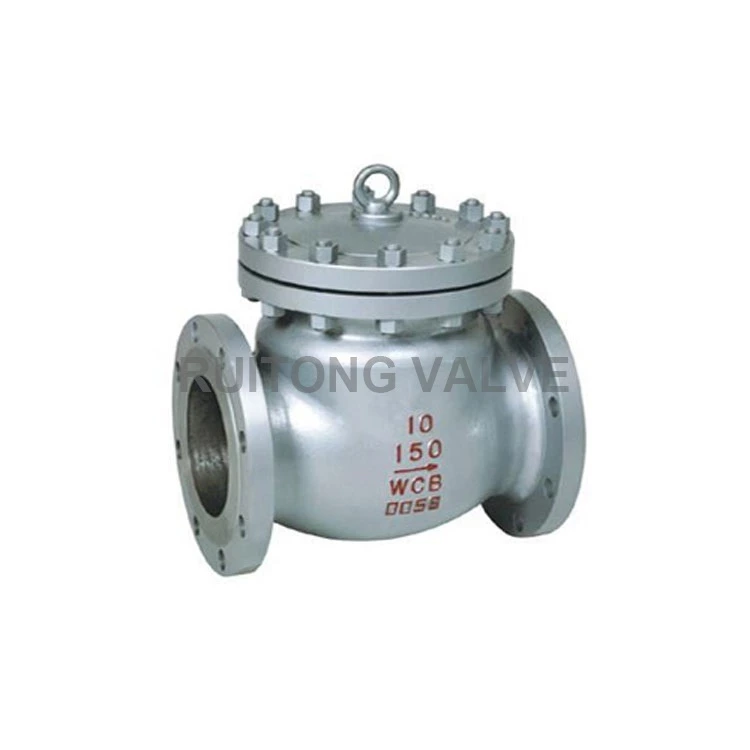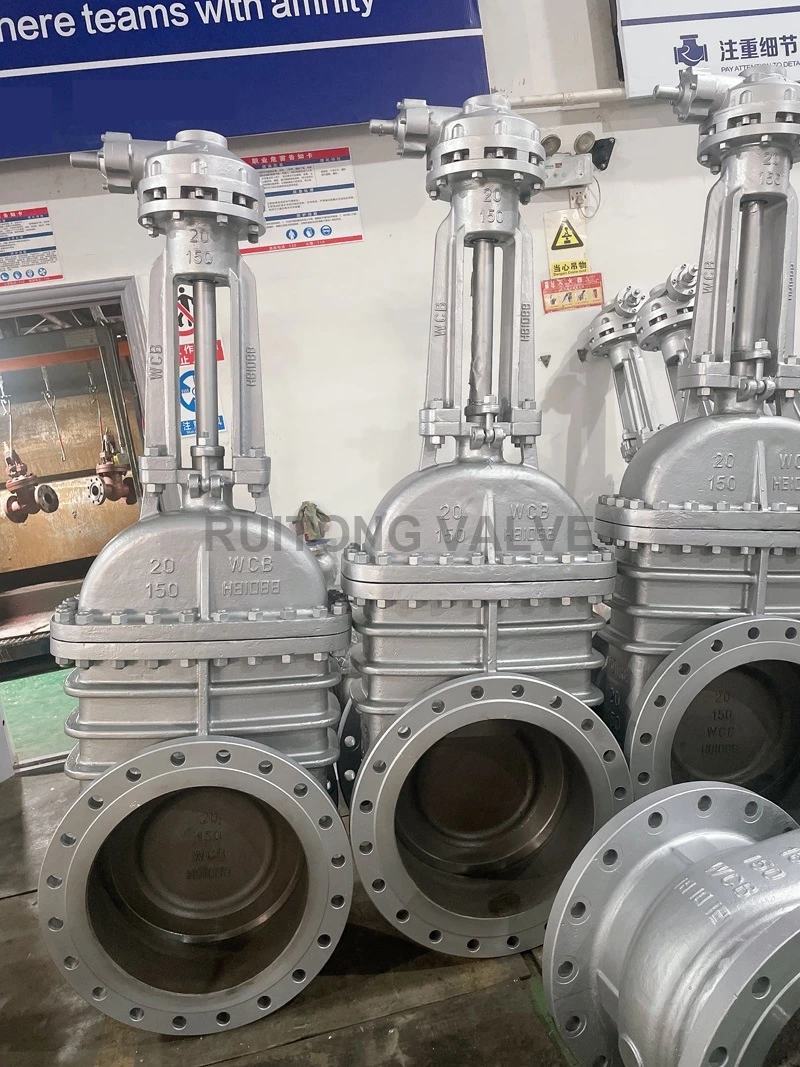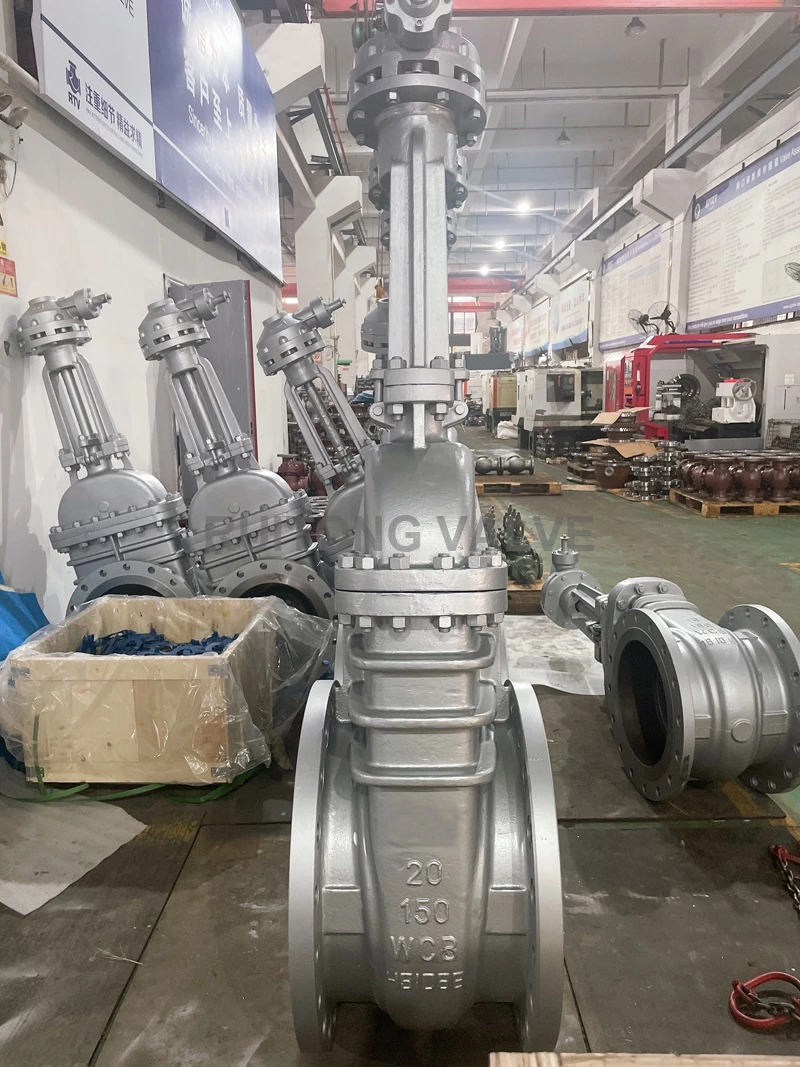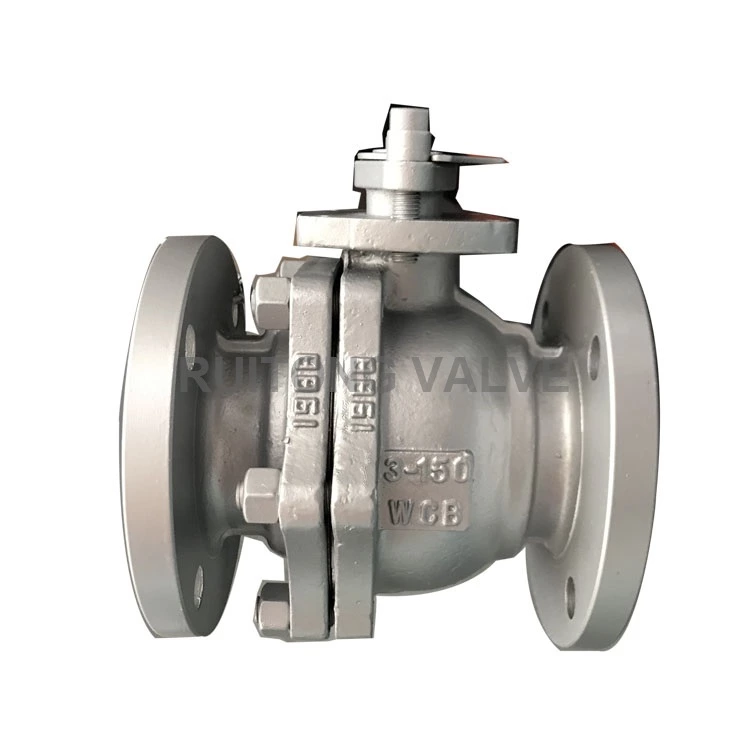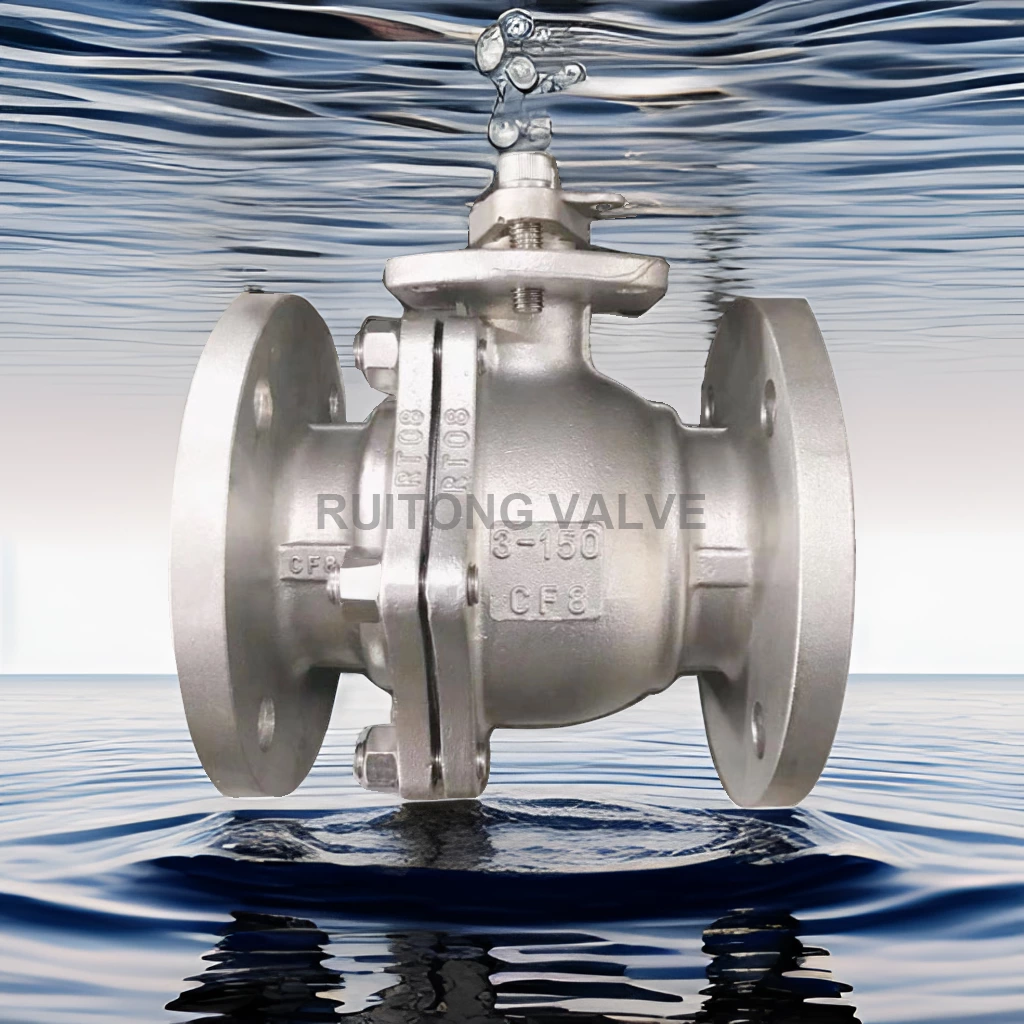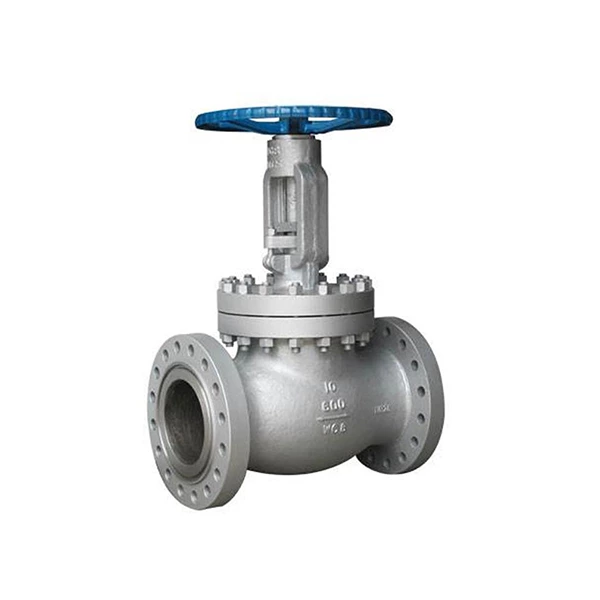The Difference And Application Scope Of Ball Valve, Stop Valve And Gate Valve
The ball valve evolved from the plug valve. It has the same 90-degree rotation lifting action, but the difference is that the plug body is a sphere with a circular through hole or channel passing through its axis. The ratio of the spherical surface and the channel opening should be such that when the ball rotates 90 degrees, the inlet and outlet should all present a spherical surface, thereby cutting off the flow. The ball valve can be closed tightly with only a 90-degree rotation operation and a very small torque.
Advantages
1. The fluid resistance is small, and the full-diameter ball valve has basically no flow resistance, which is most suitable for direct opening and closing.
2. Simple structure, small size, and light weight.
3. Easy to operate, quick opening and closing, just rotate 90° from full open to full closed.
4. Wide range of applications, diameters range from a few millimeters to several meters, and can be used from high vacuum to high pressure.
Disadvantages
Because the ball valve has a wiping property during the opening and closing process, it has high processing precision and high cost. It is not suitable for use in high temperature. If there are impurities in the pipeline, it is easy to be blocked by impurities, resulting in the valve being unable to open.
Stop valve
The valve stem axis of the stop valve is perpendicular to the valve seat sealing surface. The valve stem opening or closing stroke is relatively short, and it has a very reliable cutting action, making this valve very suitable for use as a medium cut-off, adjustment and throttling. Once the valve disc of the stop valve is in the open state, there is no contact between its valve seat and the valve disc sealing surface, and it has a very reliable cutting action, making this valve very suitable for use as a medium cut-off, adjustment and throttling.
Advantages
1. Simple structure, good sealing performance, easy manufacturing and maintenance, no need to remove the entire valve from the pipeline when replacing the sealing element.
2. The sealing surface has little mechanical wear.
3. It can be used as a medium cut-off, adjustment and throttling.
Disadvantages
The flow resistance is higher than other valves, the opening and closing force is large, and it is not suitable for use as a large-caliber valve.
Gate valve
The gate valve is used as a cut-off medium. When fully open, the entire flow is straight, and the pressure loss of the medium is minimal. Gate valves are usually suitable for working conditions that do not require frequent opening and closing, and keep the gate fully open or fully closed. It is not suitable for use as a regulator or throttle. For high-speed flowing media, the gate can cause vibration of the gate when it is partially open, and the vibration may damage the sealing surface of the gate and the valve seat, and throttling will cause the gate to be eroded by the medium.
Advantages
1. Small fluid resistance.
2. The sealing surface of the gate valve has a certain self-sealing ability, and its valve core is tightly in contact with the sealing surface of the valve seat by the pressure of the medium, achieving tightness and no leakage.
Disadvantages
It is not suitable for use as a regulator or throttle, and the maintenance of the gate valve is not suitable for on-site pipelines.
Of course, there are more differences between ball valves, stop valves and gate valves. In selection and use, we must distinguish their similarities and differences to avoid mistakes. The application range of various valves is determined by their characteristics.
In smaller channels, when better shutoff sealing is required or when adjustment and throttling are required, stop valves are often used;
In water supply pipes that often need to be opened and closed, ball valves are generally used;
In steam pipes and large-diameter water supply pipes, gate valves are used because the fluid resistance is generally required to be small.
